Modern society’s heavy use of fossil fuels has led to a severe climate crisis. For years, fossil fuels have driven the global economy, powering industries and cities and enabling transportation. However, this has resulted in a warming planet, melting ice caps, extreme weather, and the potential for even more disastrous effects if we don’t curb carbon emissions.
Contents
Carbon Dioxide Emissions

The combustion of fossil fuels is the largest source of carbon dioxide (CO2) emissions worldwide. According to the U.S. Environmental Protection Agency (EPA), the burning of petroleum, coal, and natural gas accounted for over 75% of total greenhouse gas emissions in 2019. The high concentration of CO2, a potent greenhouse gas, traps heat in the Earth’s atmosphere leading to global warming.
Methane Emissions
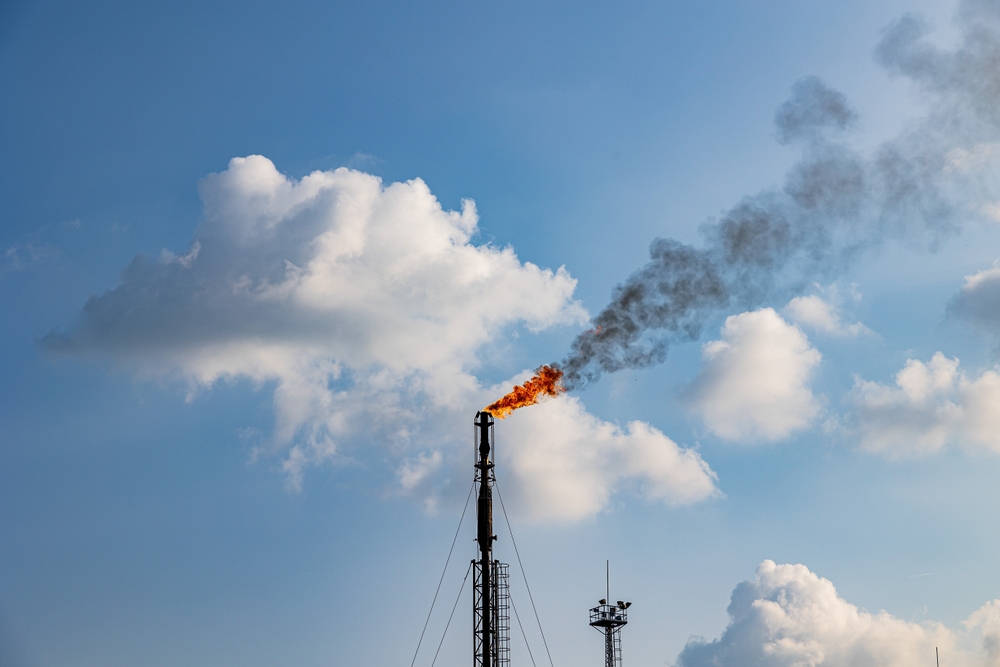
The production and transport of coal, oil, and natural gas are responsible for significant methane emissions. Methane is over 25 times more effective in trapping heat in the atmosphere compared to carbon dioxide over a 100-year period. According to the IPCC, methane’s warming potential is significant, contributing to rapid temperature increases.
Nitrous Oxide Emissions
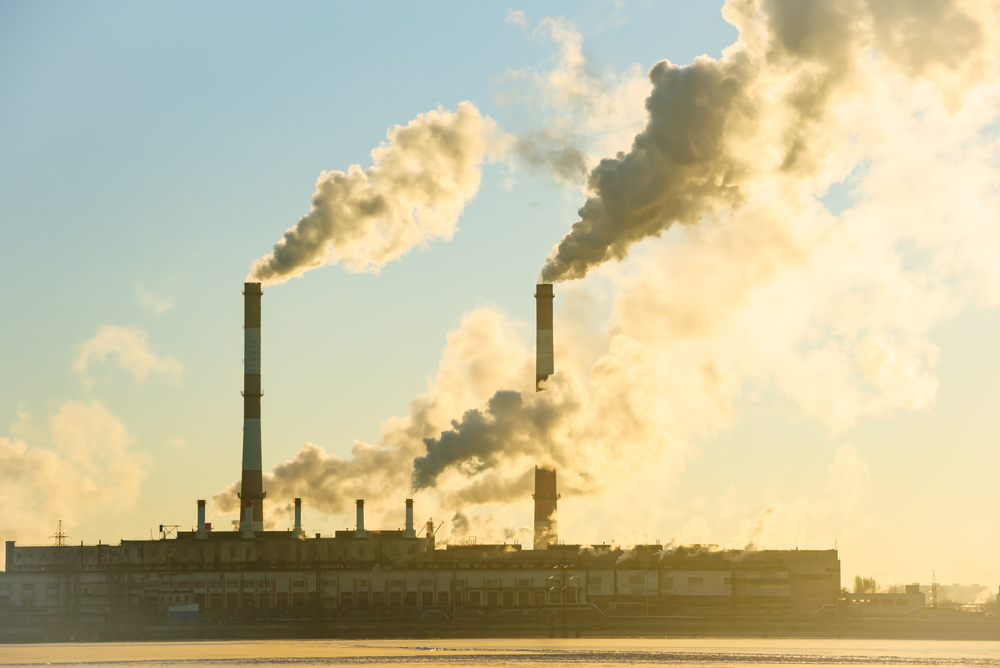
Nitrous oxide, a byproduct of fossil fuel combustion, is about 300 times more potent than CO2 as a greenhouse gas. Though present in lower concentrations than CO2 and methane, nitrous oxide’s presence in the atmosphere significantly contributes to global warming.
Aerosol Pollution

The burning of fossil fuels releases aerosols and particulate matter into the atmosphere. While aerosols can temporarily cool the atmosphere by reflecting sunlight, they also pose health risks and contribute to regional climate variability.
Black Carbon

Black carbon, or soot, is released from incomplete combustion of fossil fuels and is known to land on ice surfaces, reducing their reflectivity (albedo) and hastening melt. Additionally, black carbon in the atmosphere absorbs sunlight, contributing to atmospheric warming.
Ocean Acidification

Carbon dioxide emissions from fossil fuel combustion are absorbed by the oceans, leading to ocean acidification. Acidic waters harm marine life, particularly organisms with calcium carbonate shells or skeletons, disrupting marine ecosystems and food chains.
Rising Sea Levels

The global warming caused by fossil fuel emissions leads to polar ice melt and thermal expansion of the oceans, resulting in rising sea levels. This endangers coastal communities, ecosystems, and economies.
Extreme Weather Events

The increased atmospheric temperatures due to greenhouse gas emissions from fossil fuels contribute to the frequency and intensity of extreme weather events such as hurricanes, floods, droughts, and heatwaves, as confirmed by numerous scientific studies.
Displacement of People

The consequences of climate change driven by fossil fuel consumption include the displacement of populations due to sea-level rise, extreme weather events, and changing agricultural viability. This is creating and will continue to create climate refugees, posing social and political challenges.
Economic Costs

The economic costs of climate change, driven by fossil fuel emissions, are substantial. Costs are incurred through damage to infrastructure from extreme weather events, increased healthcare costs, and the need for adaptation measures such as sea walls. According to a study published in the journal Nature Climate Change, unmitigated climate change could lead to a 10% reduction in U.S. GDP by the end of the century.
Soil Degradation
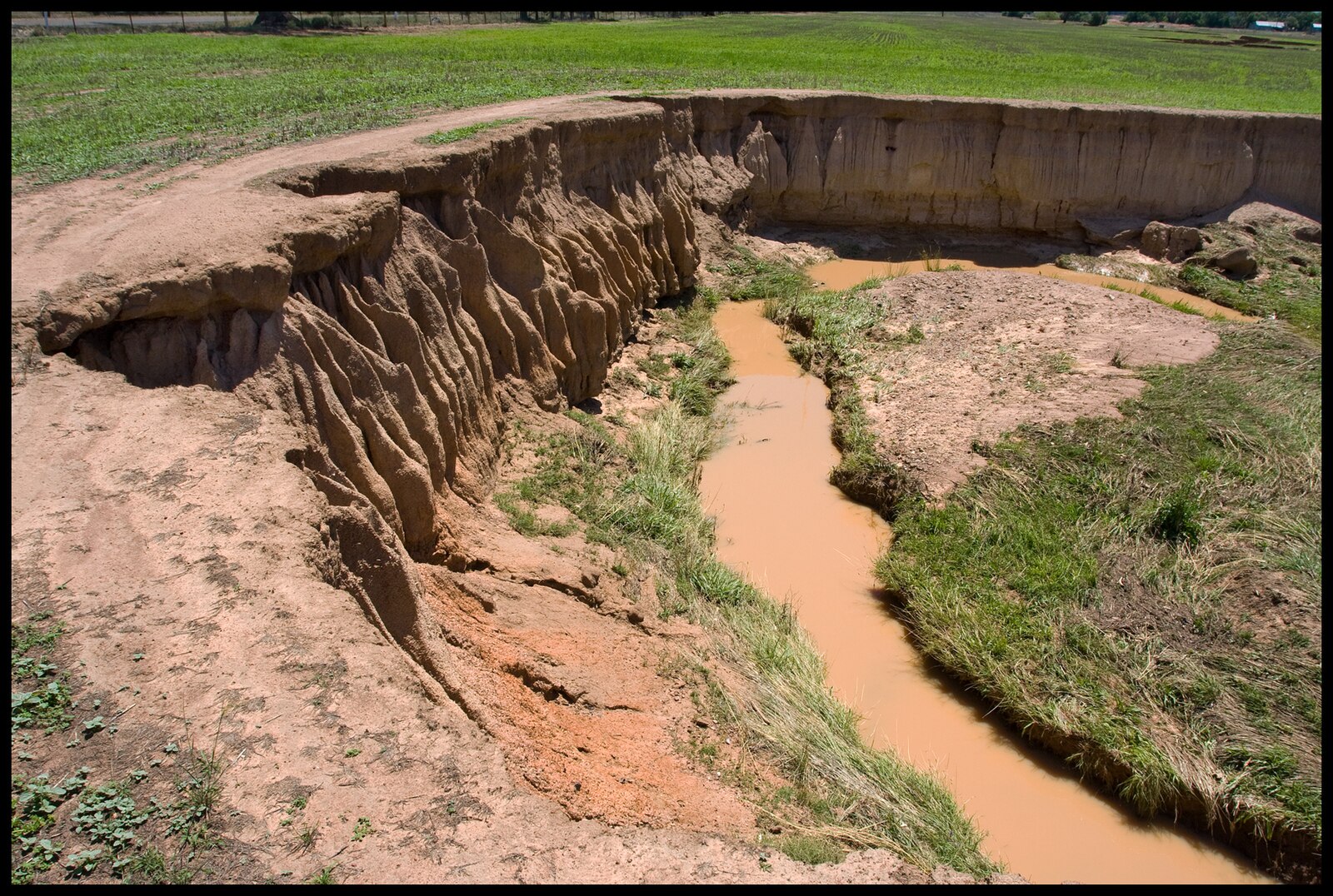
Fossil fuel extraction processes, such as drilling and mining, disrupt soil structures, leading to erosion and loss of fertile topsoil. Preventative measures include enforcing stricter regulations on land restoration post-extraction and promoting the use of less invasive extraction technologies.
Water Pollution

Oil spills, runoff from coal mines, and fracking fluids can contaminate rivers, lakes, and groundwater. Addressing this issue requires robust regulatory frameworks for wastewater treatment, emergency response strategies for spills, and a gradual shift towards renewable energy sources that do not emit pollutants.
Impact on Wildlife

Habitats can be fragmented or destroyed due to mining and drilling operations, directly threatening wildlife populations. Conservation efforts, along with the adoption of wildlife corridors and stricter environmental impact assessments, can mitigate these effects.
Air Quality Degradation

The burning of fossil fuels releases pollutants such as sulfur dioxide and nitrogen oxides, which can cause respiratory problems in humans and acid rain. Transitioning to electric vehicles and investing in renewable energy can reduce the reliance on fossil fuels, thereby improving air quality.
Global Dimming
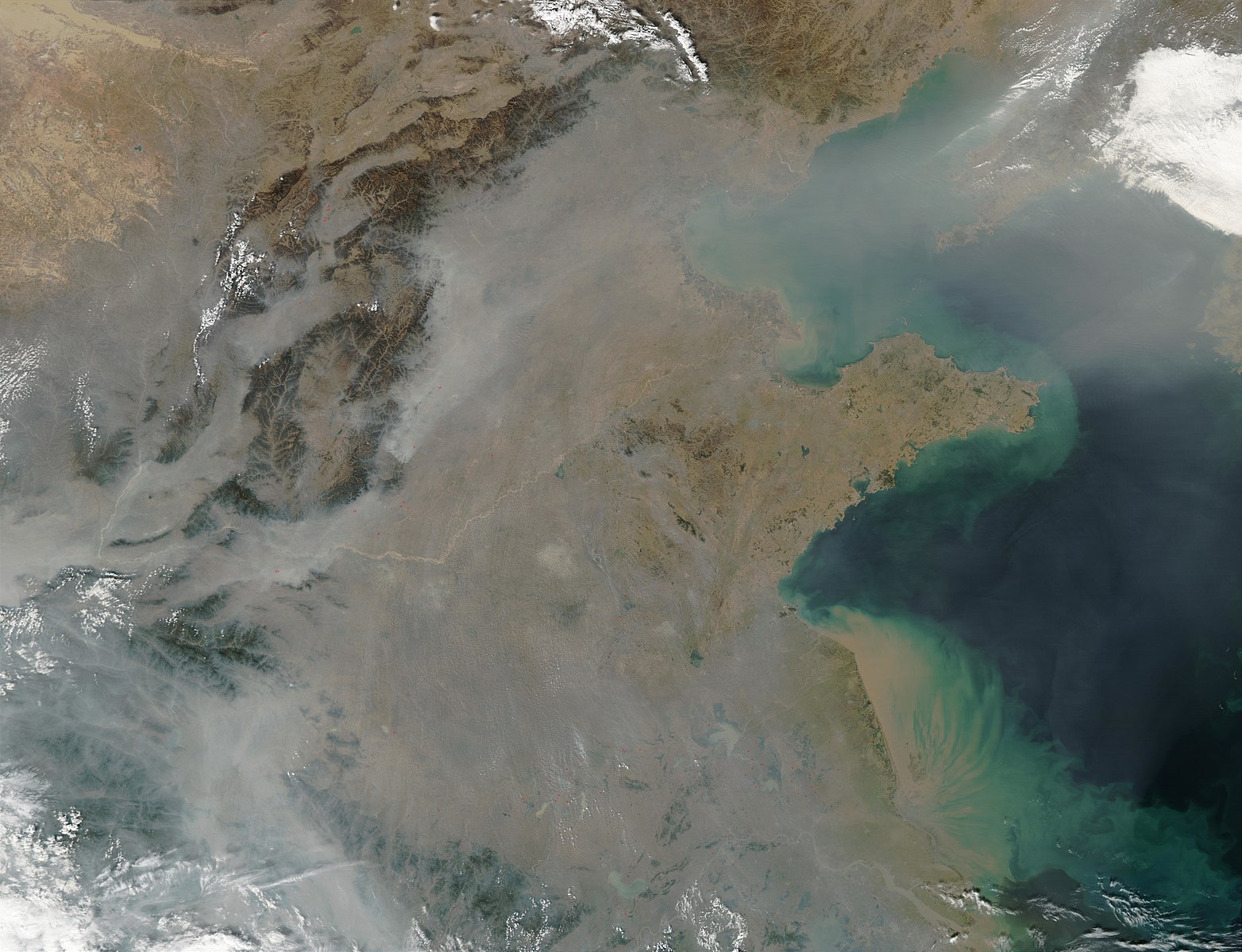
Particulate matter from fossil fuel combustion can block sunlight, affecting photosynthesis in plants and potentially altering global weather patterns. Enhancing air quality standards and reducing reliance on coal-fired power plants are vital steps toward solving this issue.
Acidification of Lakes and Streams
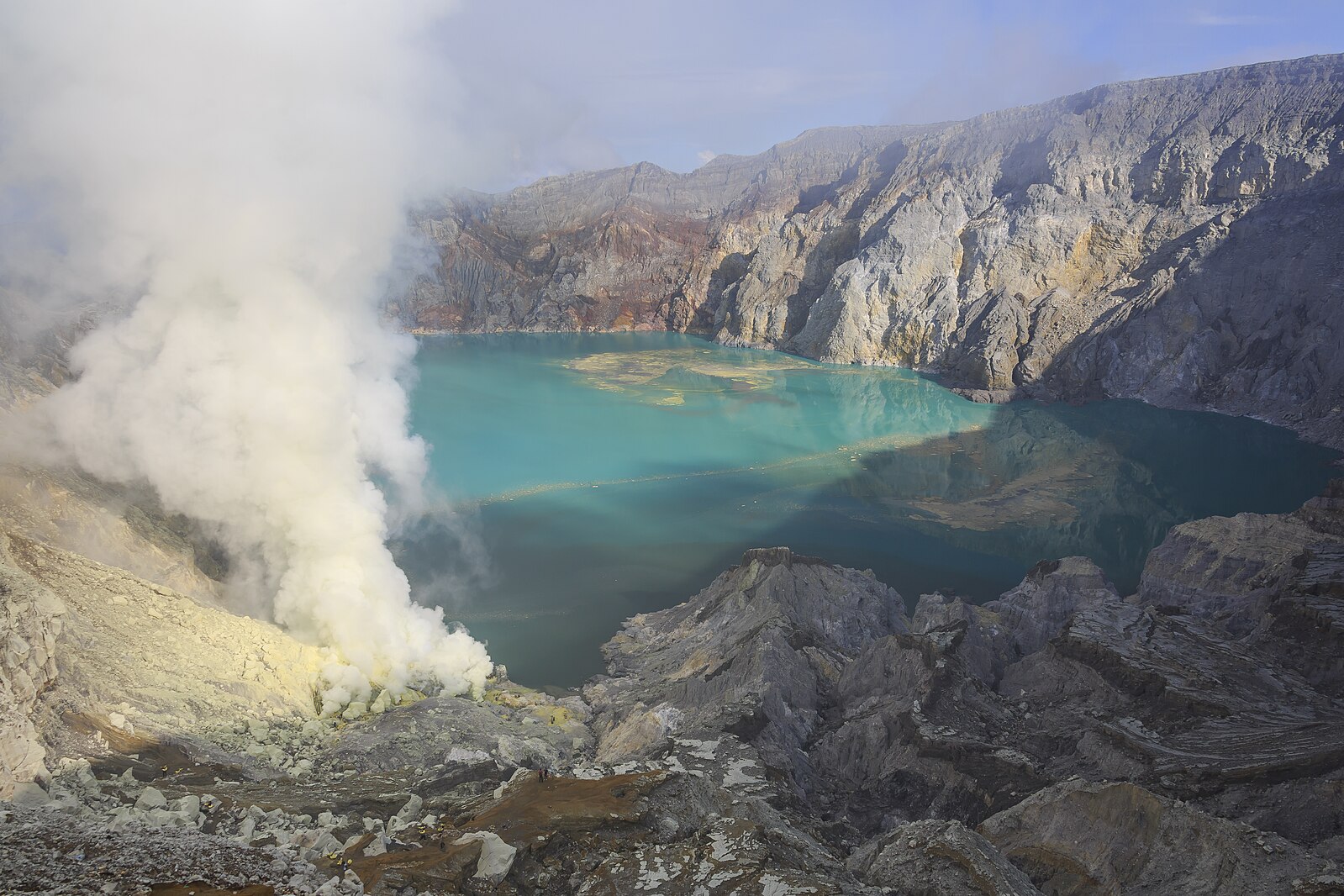
Emissions from burning fossil fuels can lead to acid rain, which dramatically alters the pH balance of aquatic ecosystems, making waters uninhabitable for some wildlife. Implementing and enforcing emissions trading schemes can limit the amount of sulfur dioxide and nitrogen oxides in the atmosphere.
Waste Management

The fossil fuel industry generates millions of tons of solid waste, including coal ash and petroleum coke, which require careful handling to prevent environmental contamination. Promoting comprehensive recycling and waste management protocols can help mitigate these issues.
Thermal Pollution
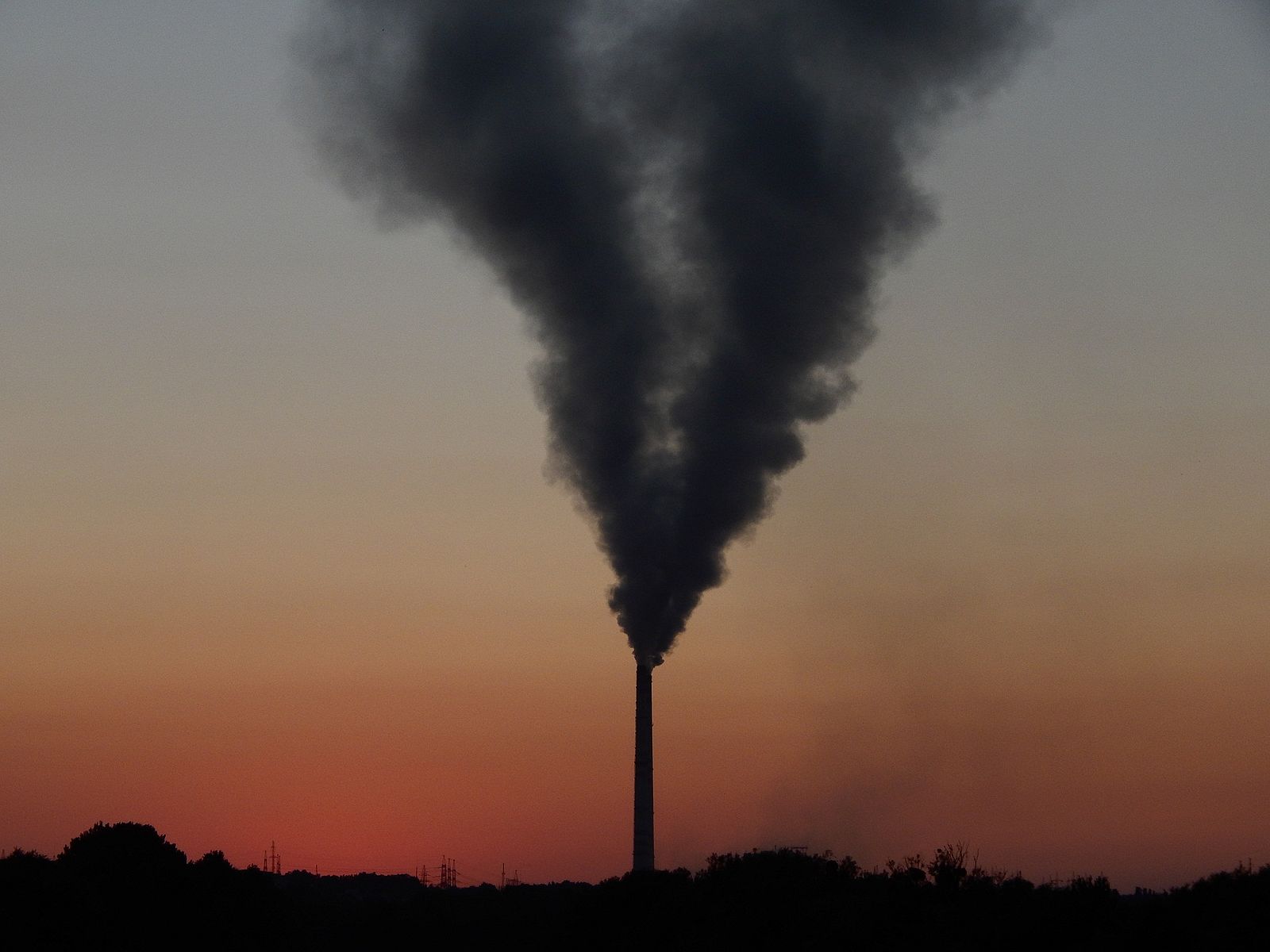
Water used as a coolant in fossil fuel power plants is often discharged at high temperatures, disrupting local aquatic ecosystems. Using alternative cooling technologies or transitioning to energy production methods that do not require extensive cooling can alleviate this problem.
Resource Scarcity
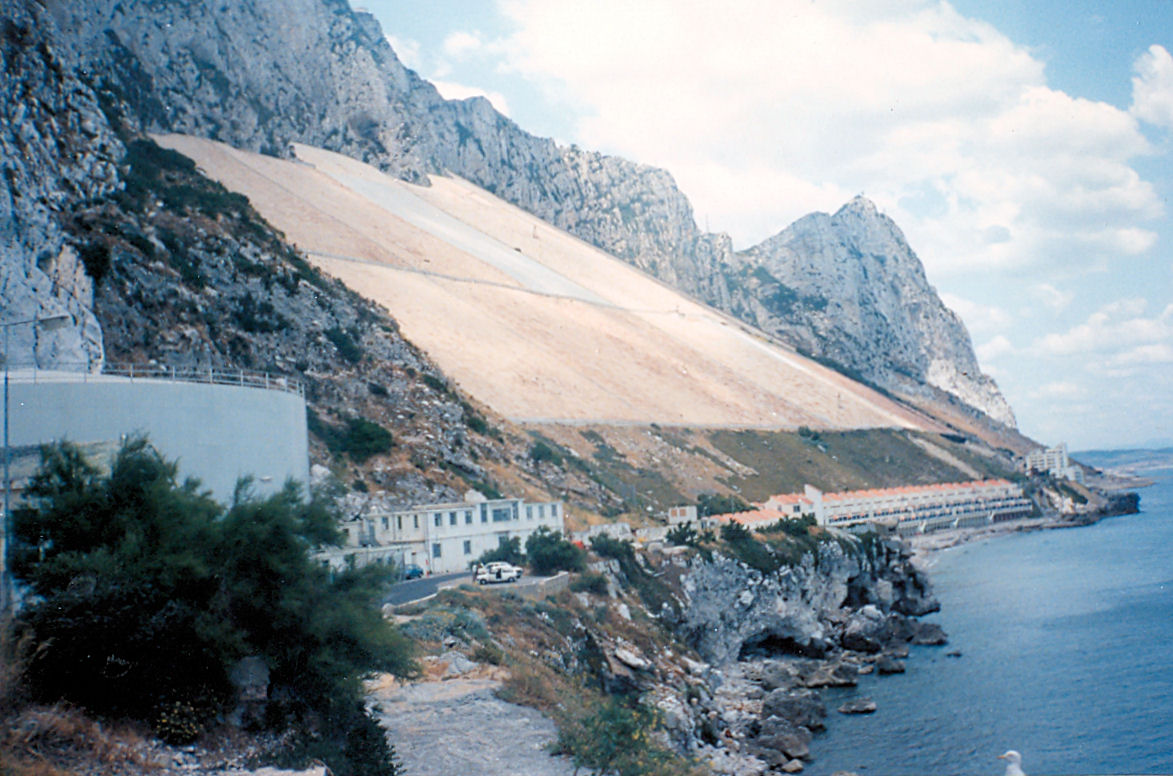
The extraction of fossil fuels is resource-intensive, requiring significant amounts of water and land, leading to conflicts over resources. Water-efficient extraction technologies and a shift towards sustainable energy options like solar and wind can help reduce this strain.
Economic Dependency

Many economies are heavily dependent on the fossil fuel industry, making transitions to cleaner alternatives financially challenging. Developing economic diversification plans and investing in renewable energy sectors can create new job opportunities and reduce dependency on fossil fuels.
This article originally appeared on MyCarMakesNoise.
More from MyCarMakesNoise
The Best Budget SUVs Under $30,000

In an automotive market where SUVs have largely replaced sedans as the go-to choice for families and individuals, finding the perfect blend of affordability, reliability, and functionality can be challenging. For those on a budget, the search can feel daunting, but rest assured, there are many excellent options. Read More.
Celebrating the Best SUVs Ever Made

Representing a harmonious blend of power, durability, and versatility, these vehicles are more than just a means of transportation; they’re symbols of unbridled freedom and exploration. Read More.
Coolest Cars Inspired by Birds

This article delves into this unique intersection of engineering and ornithology, unearthing the stories behind iconic vehicles inspired by our feathered friends. Read More.














